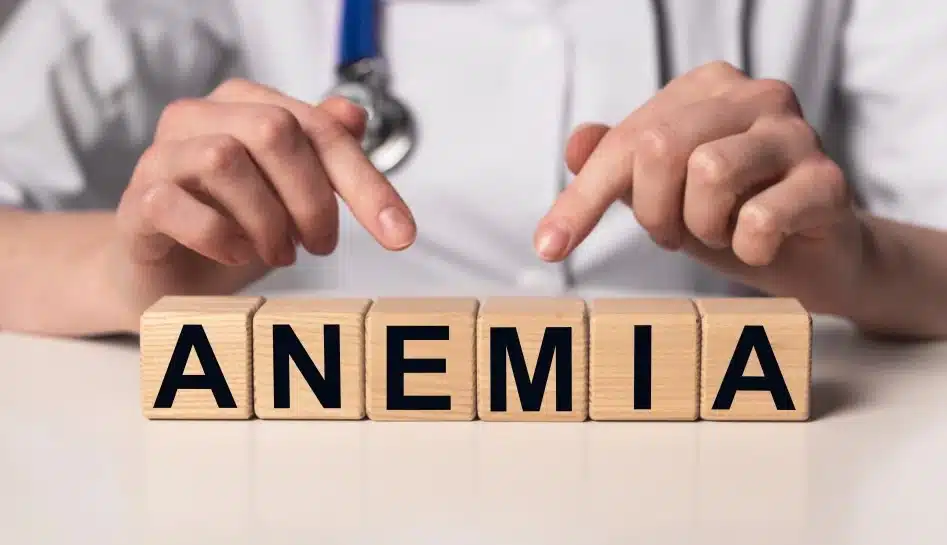India plans to launch a mission to eliminate Sickle Cell Anemia by 2047, the country’s Finance Minister Nirmala Sitharaman said while presenting the country’s Union Budget for the fiscal year 2023-24
The mission will entail awareness creation, universal screening of seven crore people in the age group of 0-40 years in affected tribal areas and counselling through collaborative efforts of central ministries and state governments, Sitharaman said.
The government will provide cards to the tribal people below 40 years of age to determine their sickle cell anemia or status. The card will also hold pre-marital counselling for people at risk.
What is Sickle Cell Disease?
Sickle cell disease (SCD) is the name for a group of inherited health conditions that affect the red blood cells. The SCD affects 20 million people worldwide. The most serious type of SCD is called sickle cell anemia.
Red blood cells contain hemoglobin, a protein that carries oxygen. Healthy red blood cells are round, and they move through small blood vessels to carry oxygen to all parts of the body. In someone who has SCD, the hemoglobin is abnormal, which causes the red blood cells to become hard and sticky and look like a C-shaped farm tool called a “sickle.” The sickle cells die early, which causes a constant shortage of red blood cells. Also, when they travel through small blood vessels, they get stuck and clog the blood flow. This can cause pain and other serious complications (health problems) such as infection, acute chest syndrome and stroke.
What causes SCD?
SCD is a very common inherited blood disorder. A person is born with SCD. It is inherited when a child receives two genes—one from each parent. Both parents need to pass the abnormal gene to the child. If both parents carry the defective gene, the child has a 1 in 4 chance of getting the disease.
What are the symptoms of SCD?
Babies born with this disease may show symptoms only a few months after birth. Symptoms vary from person to person and may change over time. Some common symptoms observed are, anaemia, bouts of pain, swelling of hands and feet, frequent infections and slow growth rate.
What is the cure?
The only therapy approved by the FDA that may be able to cure SCD is a bone marrow or stem cell transplant. They are very risky and can have serious side effects, including death. For the transplant to work, the bone marrow must be a close match. Usually, the best donor is a brother or sister.
Disease burden of SCD in India
In India, sickle cell gene is mainly restricted to tribal populations. According to the data from India’s Ministry of Tribal welfare, it is widespread among the tribal population in India where about 1 in 86 births among STs have SCD.
Read More : https://h-leads.com/intervals-between-meals-not-helpful-in-weight-loss-study/

















Add Comment